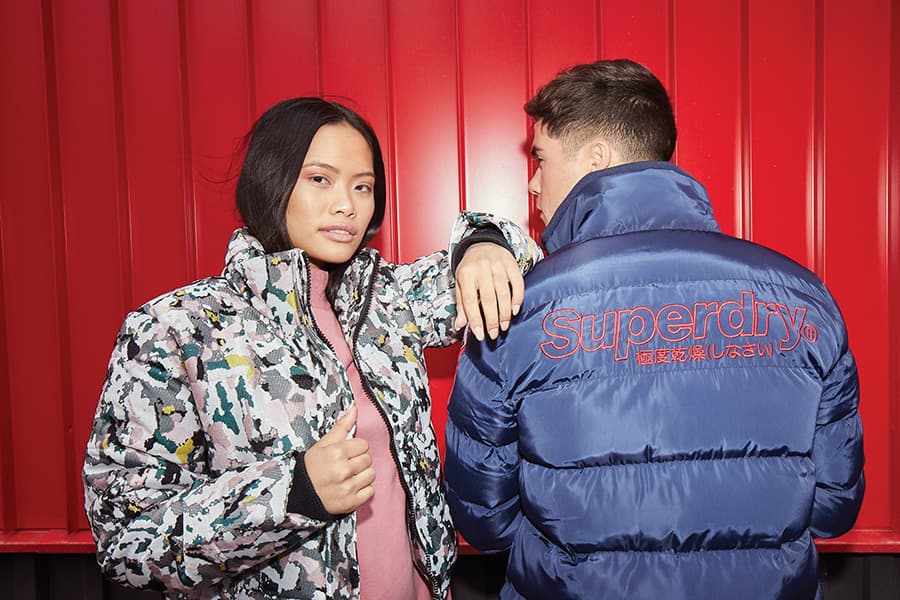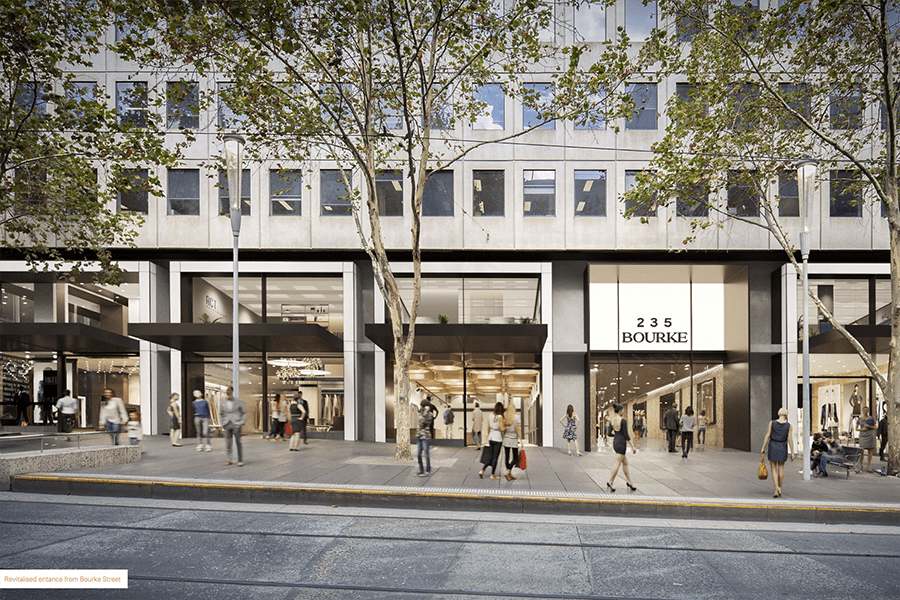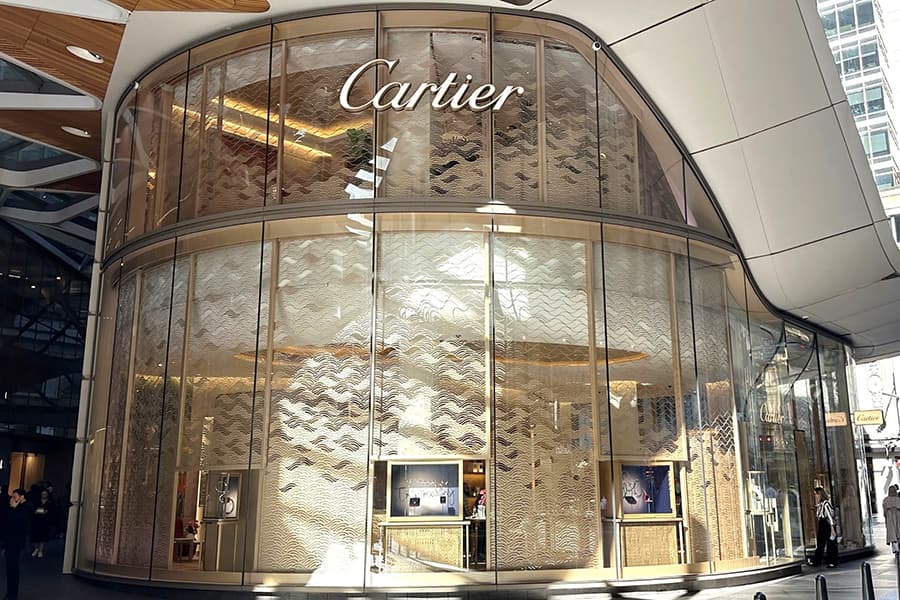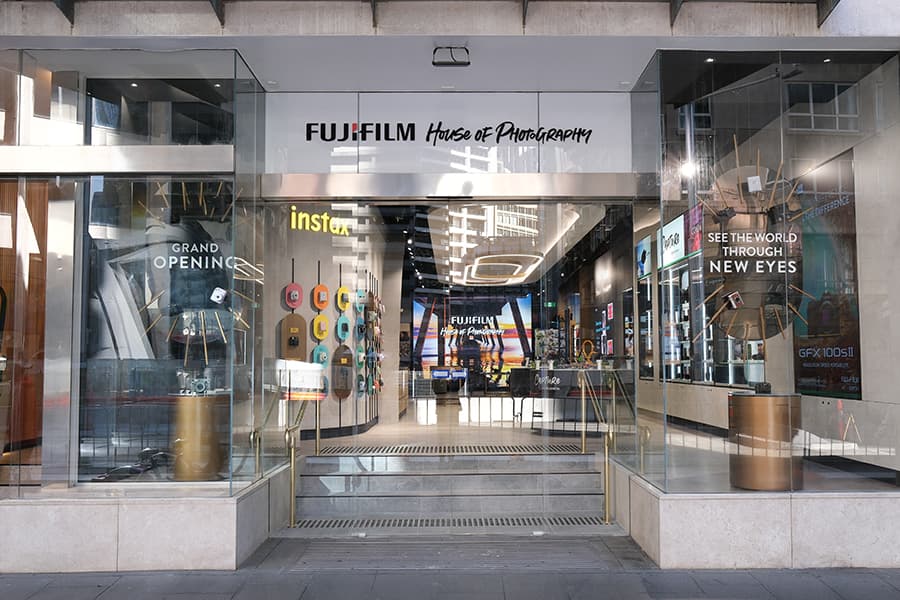
Martin Matthews is the CEO of Brand Collective, which owns and operates iconic Australian and international brands including Superdry, Shoes & Sox, Hush Puppies, and Clarks and Volley.
Martin has a diverse background in Retail and Consumer Goods spanning 20 years, having started his career as a strategy consultant for Accenture advising clients like Coles Myer, Cadbury Schweppes, Campbell Arnott’s and Foster’s Group on a variety of strategic and operational issues.
Can you tell us a bit about Brand Collective? How many retail sites do you have in Australia?
Brand Collective operates more than 100 retail stores around Australia making up about 60% of our revenue, with our online business and wholesale business to major independents and department stores making up the rest.
Through our Shoes & Sox and Clarks businesses we are Australia’s largest specialty Kids’ Footwear retailer. Our Hush Puppies, Julius Marlow and Shoe Warehouse businesses are market leaders in comfort and dress footwear, and a lot of our recent growth has come from our Lifestyle brands business which includes Superdry, Volley, Elka Collective and Mossimo.
What impact have the COVID-19 restrictions had on your business? Have your sales increased or decreased?
Given we operate in “non-essential” categories, COVID-19 has been devastating for our overall retail business with our stores closed from early March when Stage 3 stay-at-home orders were enforced. While we have seen an uplift in online sales, it is not nearly enough to compensate for the loss of sales from our store network.
Retail businesses like ours have very high “operating leverage”, that is high fixed costs and relatively low operating margins. As a result, even small declines in sales have an enormous impact on profitability. We are also a vertical business, manufacturing and importing most of our product – so we have the added challenge of dealing with the sharp fall in the Australian dollar, adding significantly to our cost of goods. These are extremely challenging times for businesses like ours.
In what ways has Brand Collective had to adapt during the COVID-19 crisis?
Like most retailers, the closure of our stores has been a very unusual experience, but it has forced us into new ways of working. It has given us the opportunity to focus more of our attention on our digital business, which for some of our brands had realistically still been a lower priority than our much larger wholesale and retail businesses.
We have always prioritised a culture of “manage outputs not inputs” for our broader team and I think that’s helped in the transition to working from home. There’s a high degree of trust in our team and we already had widespread adoption of cloud-based communication tools like Microsoft Teams and Trello that had made remote working relatively seamless.
Do you think the government has done enough to assist the retail industry? If not, what would you like to see happen?
The JobKeeper program is a bold and extremely sensible scheme and we’re very grateful for that support. The area that perhaps has been neglected is leasing – while the Code of Conduct and land tax concessions for smaller retailers has been a step in the right direction, for larger retailers and landlords themselves there is still a lot of uncertainty about how to handle this crisis.
While not normally the government’s role to get involved in commercial negotiations, given their role in impacting foot traffic in shopping centres through the lockdown measures, we would have liked to see more specific support for landlords conditional upon that being passed on to affected tenants to a set of consistent and transparent guidelines.
What has been your experience with shopping centre landlords during the crisis and what would you like to see in the recovery phase?
Many landlords have been incredibly proactive and have worked very closely with us to agree new terms (primarily turnover based rents) that provide direct proportionality between the impact to sales and foot traffic and our occupancy costs. Given the uncertainty of trade throughout and in the recovery period for the COVID crisis, we believe this to be the only fair way to operate and ensure the financial sustainability of retailers. It also has the benefit of directly aligning retailer and landlord interests during the recovery period – the more foot traffic we can jointly get back, the better off we all become.
At the other end of the spectrum, some landlords have largely sought to avoid providing specific support. I fear that if this is widespread, many retailers will not survive the crisis, leaving the entire shopping centre ecosystem in a less healthy position on the other side of the crisis. High levels of vacancies would be bad for retailers but catastrophic for property valuations and the more support landlords can provide during the crisis, the less likely we will be in that position down the track.
Coming out of the crisis, I would like to see a joint effort between retailers and landlords to encourage shoppers back to centres. The public messaging around the risks of the virus have created huge anxiety for many shoppers, and we have a lot of work to do to ensure we can provide a safe environment for shoppers and also to give them confidence that we have done so.
How do you think customer spend and shopper habits will change post COVID-19?
Undoubtedly, there will be a permanent shift toward digital channels. One of the most interesting things I’ve observed is the level of comfort now around new communication methods and particularly videoconferencing.
This has led retailers to new service innovations. For example, in our Kids’ Footwear business Shoes & Sox we launched online video-fitting appointments managed by our sales assistants from their homes. Our first week of appointments booked out in less than an hour. I think we’re going to see a lot more live chat and video chat that brings the digital experience closer to the in-store experience.
I still maintain the view that shopping centres are important social hubs and most shoppers will want the convenience and connection that comes with face-to-face contact. That said, this crisis has only increased the competition centres have with digital channels, so we will all have to work harder to ensure we maintain a stimulating and differentiated environment for the shopper in our physical locations.
What is your outlook for the retail economy over the next 12 months?
No doubt consumer confidence will be dented by the crisis and there will be a long recovery period. That said, I’m always looking for silver linings and I do think that retailers that are able to adapt quickly to the new environment will continue to thrive. Consumers will be looking for human connection and stimulation more than ever, and great retailers know how to deliver that!
What is one thing you are looking forward to doing once restrictions are lifted?
I’m hoping the AFL season will have re-started and the pubs will be open so I can watch a Swans game at my local, the Rising Sun Hotel in South Melbourne – which also happens to be the gathering point for Melbourne-based Swans fans!





















